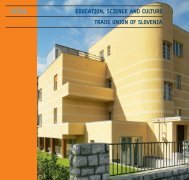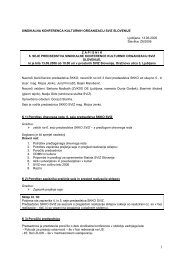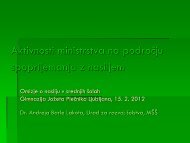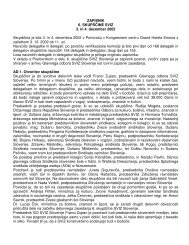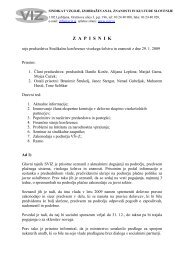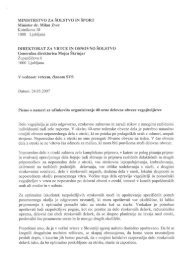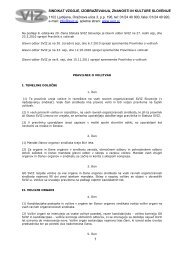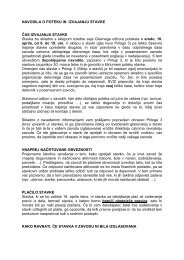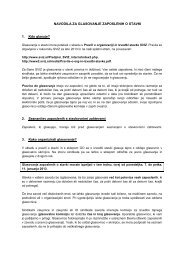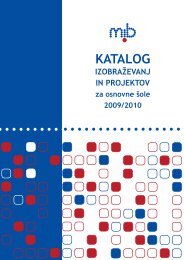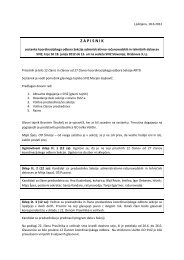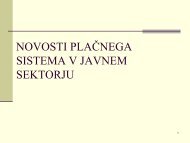Create successful ePaper yourself
Turn your PDF publications into a flip-book with our unique Google optimized e-Paper software.
unfolds on two levels. The first is rooted in biblical times, where we witness<br />
from afar the evangelist’s narratives, the dialogues of the biblical figures and<br />
the roaring of the Jewish crowd. The second takes place on Good Friday ‘here<br />
and now’, in Bach’s time, when the believer experiences Jesus’ suffering and<br />
reflects upon what the passion means for his or her own life. Both of these<br />
layers frequently interweave, providing the listener in Bach’s Leipzig with a<br />
personal experience of the passion. An important link between the two levels<br />
is formed by the Protestant chorales, which in terms of content are linked<br />
to biblical events, but also gaze into the present. Sometimes they connect<br />
with both levels at the same time: the chorale that concludes the first part<br />
of the passion could, for instance, also be the confession of Peter as a common<br />
sinner, which hints that every sinner is at a time actually Peter. The solo<br />
arias, too, which normally express the emotions and affected reflections of<br />
the believer, sometimes directly continue biblical events (the earthquake<br />
and the confusion in the temple continue in the heart of the believer). Both<br />
Bach’s music and the liturgical ceremony bring together the biblical events<br />
that they bring to life and the living present.<br />
Katarina Šter<br />
Prevod / Translation: Neville Hall<br />
PROGRAM / PROGRAM<br />
147



